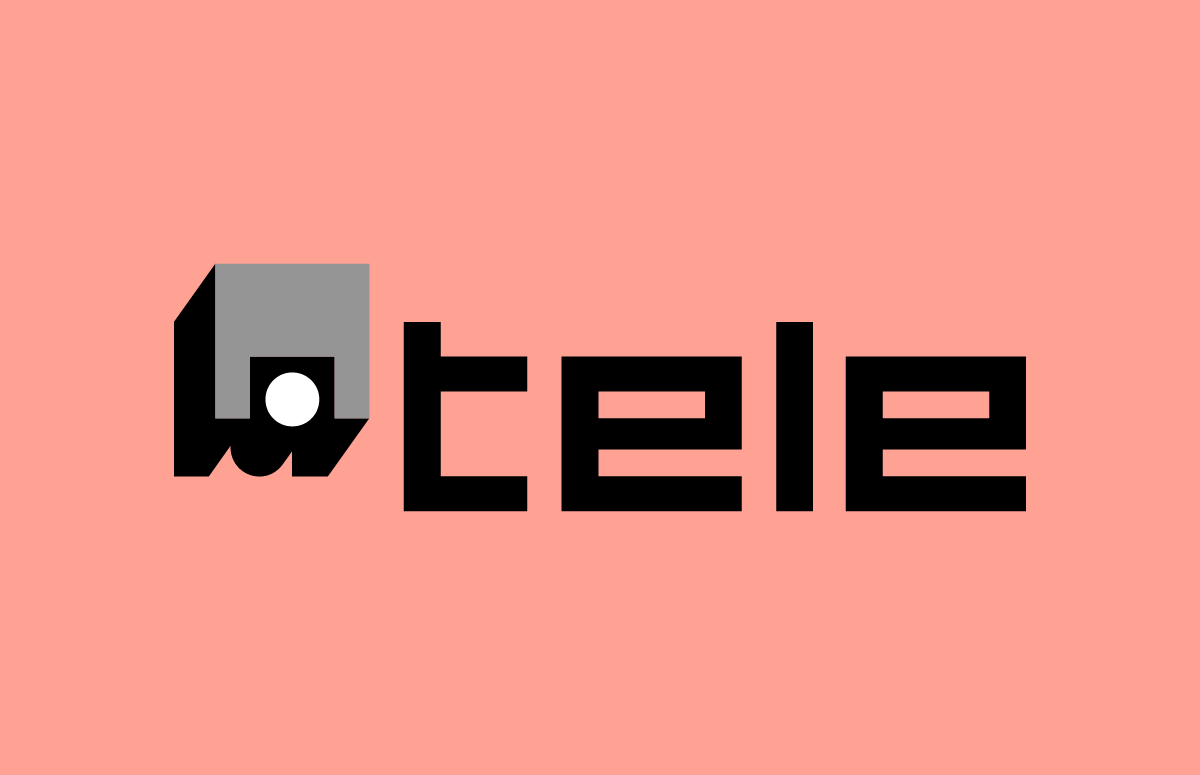9 B2B content marketing trends turning heads
The last years were wild. And with pretty much every prediction for the year now fossilised, we thought it was time to hit reset. So we asked Turtl’s Head of Marketing, Karla Rivershaw, about the content marketing trends we should be tracking.
9 content marketing trends for B2B
- Live video streaming
- Improved content experience
- User-generated content
- Data-driven content
- Interactive content
- Modular content
- Accessibility
- Content operations
- Conversational marketing & personalisation
Live video streaming
Live video streaming is so successful in B2C because it helps humanise brands. This is also why it presents a really exciting opportunity for B2Bs.
We’ve long tried to shake the tag of “faceless corporates”. And live video streaming gives B2B brands a chance to connect with their audience in a personal way. That’s because it’s unscripted and endearing to prospects and customers.
The Content Marketing Institute also estimates that people are 10x more likely to engage with video content and share it.
So B2Bs that embrace live video streaming are likely to get their noses ahead of the competition.
Improved content experience
Many content marketers focus on what they’re writing rather than how they present it. But in the words of Marshall McLuhan, “the medium is the message”.
And content experience issues are rife in many favoured B2B marketing formats. Often published as PDFs, long-form pieces like white papers and reports create scroll fatigue. That means passive user experiences.
PDFs also aren’t optimised for mobile. When the average person spends 203 minutes consuming media on their phones per day, this is a big problem.
So to keep readers’ minds in an active state, they must be presented with improved, intuitive content experiences. In 2021, more B2B content marketers will leverage platforms that enable this.
User-generated content
User-generated content is a marketer’s dream. It’s created for you and it's far more persuasive than anything your brand could say. The tough part is nurturing a fanbase willing to create it.
And although B2C brands have the upper hand in this area, B2Bs are quickly closing the gap. They’re doing this by moving beyond traditional formats like case studies and testimonials.
Earlier this year, we felt Turtl should get in on the act. That’s why we launched an eCourse called “30 days to unforgettable content”. Our email sequence provided one content tip a day for a month to participants. It then rewarded those who completed the course with a shareable certificate.
By including suggested hashtags and social handles in our emails, we sparked a flurry of user-generated content. Our success owed a lot to making our campaign as simple as possible to engage with. Not only did we add value with our campaign, we also provided a clear path for readers to share their feelings.
We expect content creators to repeat this process and build their own armies of brand ambassadors.
Data-driven content
Data-driven content is already the bread and butter of successful B2B content marketers. Nevertheless, the insights and analytics we use to improve content experience are scaling up.
The metrics we use to gauge success, for example, are becoming more granular. This means we can fine tune our content strategies to truly meet the needs of our readers.
Whereas the number of downloads may have been used to the determine success of a white paper, content marketers are now looking into:
- Which sections are being read?
- Which sections aren't being read?
- How long is each section read for?
- When did the reader bounce off?
- Where did the reader bounce off?
- How much was the piece shared?
Say no one reads chapters two and three but the average read time of chapter four is 20 minutes. You’ll want to target your future content efforts on that topic. By doing this, you can guarantee that your content is resonant. It’s also sure to get ROI. And in the current climate, justifying your content marketing efforts against the bottom line is pivotal.
Get the comprehensive guide to content marketing lead generation below
Interactive content
When readers are in an active state, they engage better with content. To achieve this, research shows that readers:
- Need to feel autonomous. They may prefer to consume content non-linearly, rather than going from A-Z.
- Need to feel part of the content experience. Interaction makes a two-way conversation.
- Needs to have their wits tested. However, content that's too complex is a big turn off.
This means moving beyond block text and constructing list posts and how-tos. These content types allow readers to jump back and forth between relevant sections.
It also means including video content, chatbot popups and polling features which encourage actions on the reader’s behalf.
For example, a dynamic video how-to will help illustrate static instructions. Chatbot popups can point the reader in the direction of relevant related content. Polling features help transform audiences from readers into contributors.
This all engages the reader more deeply in your content. And for marketers, these features provide real-time feedback on your audience’s feelings and opinions. This, of course, is data. Data that you can use in future pieces and campaigns.
Modular content
At Turtl, we’re backing modular content to have a huge impact on the B2B space. That’s because it slashes the number of pieces content creators have to produce.
As we put it in ourselves, modular content pieces are chunks:
Much like constructing a building, these chunks can be assembled to make a longer piece of content or left as shorter pieces by themselves. Content creators can combine various chunks together in different ways, resulting in new pieces of content from the modules. The important part is that a huge amount of content can be created from the same modules – making one set of information stretch as far as possible.
We’re currently using modular content to create proposal documents for clients to help sales enablement. This means the sales team can input prospects’ industries, interests, challenges and desired outcomes into a form. Because we use modules to arrange our content, we can quickly pull together a customised document for the prospect.
As a result, marketers will lean more heavily on modular content in 2021. After all, its power to maximise content budgets and provide optimised user experiences is too good to ignore.
Accessibility
Last year, Turtl looked at the landmark case of Guillermo Robles vs Domino’s Pizza and how it’s likely to change the stance of B2Bs on accessiblilty.
In 2016, Robles tried to order a pizza on the Domino’s mobile app. To do this, he used a screen reader. This technology translates web copy into audio, allowing visually impaired users to order. But on both the mobile app and the website, Robles’ screen reader was unable to translate the copy. As a result, he decided to sue Domino’s. And he won.
Arguing that the Americans with Disabilities Act (ADA) requires businesses with physical stores to make their online platforms disabled friendly, Robles’ attorneys convinced the court about the importance of accessibility. This prompted a whole series of lawsuits which saw other major US companies caught short on the issue. And the tide is beginning to turn on European shores.
To avoid similar lawsuits, B2Bs must become better versed with accessibility standards. Moving away from PDFs, for example, would be a good starting point. That’s because screen readers can’t understand the content on them.
Content operations
For B2Bs, content operations provides a scalable framework for content production. It does this by equipping content marketers with a toolkit that allows them to take control of every stage of the content workflow.
Canva, for example, gives marketers the autonomy to create blog, social and ad visuals. This means:
- Content marketing strategies can keep their thrust
- Marketing departments can cut needless agency costs
- Designers can be freed up for strategic tasks
As Canva streamlines content production, strategies can pivot quickly, tapping into emerging conversations.
At Turtl, we’re also working to enable content democratisation. Our platform means anyone can produce a slick playbook or white paper. To do this, we hard code brand guidelines into our tools, reducing the need for expert input.
Because of the squeeze on marketing budgets, content operations is becoming a smart investment for CMOs. That means hiring in this area is likely to shoot up.
Conversational marketing & personalisation
Conversation drives action. That’s why conversational marketing is becoming a trending tactic for B2B brands. For example, B2Bs are using popups and chatbots to address users by name. They also make customised suggestions based on their historical engagements with companies.
Companies like Drift are helping facilitate this shift. With Drift, B2Bs can steer prospects in different directions depending on whether they’re unique or return visitors. This creates tailored experiences for every prospect, depending on their position in the buyer journey.
We can vouch for the impact of conversational marketing too. When we started pushing out a piece called “The 7 types of humour” through our chatbot, the results were incredible.
To initiate the conversation, our chatbox asked visitors: “Hey, do you fancy a laugh?” When they engaged, the chatbot sent them the piece, which wasn’t linked to our software or services. This was a great hook for visitors, often leading them to our next question: “Hey, do you want to see a really neat trick?”
If the visitor answered positively, they were asked for professional information as well as the type of scenery they like. Once the chatbot gathered this information, it auto-generated a piece of content for them along with their name, company and desired scenery.
From these two conversations, we got a five fold completion rate compared to our previous chatbot conversation. We also got a tonne of new prospects requesting demos. The success owes a lot to being human, building relationships and making any content simple to engage with.
B2B content marketing trends: Key takeaways
- B2Bs are more successfully leveraging B2C content marketing breakthroughs
- B2Bs have an arsenal of tools at their disposal to create personalised content
- B2Bs are getting smart to maximise their content marketing efforts
For more Mailtastic content, follow us on LinkedIn



